To understand the namesake of Dr. Carter G Woodson Park, one must travel back in time. Starting in Oakland Park’s earliest days when settlers came to the area in search of fruitful land to grow crops. This brought many sharecroppers to the area such as R.J. McBride, an Irish settler who bought acreage in Oakland Park in the area which we now know as Harlem McBride.
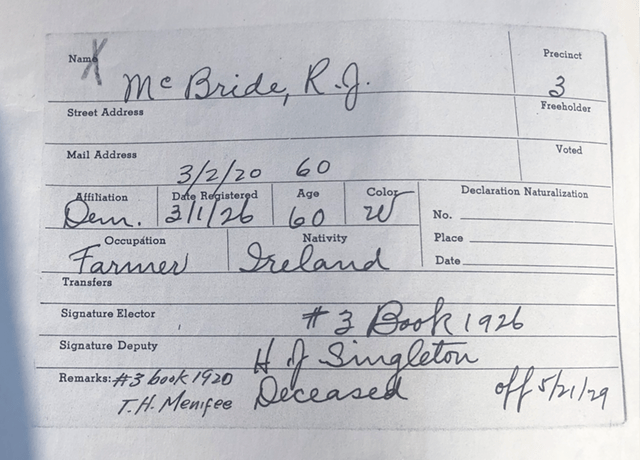
A Park Without a Name
Although Harlem McBride’s history was rich with African American culture, it was a bleak time in the nation overall for people of color and Oakland Park was no exception.
Harlem McBride’s only park sat in an empty field and at the time had no name. Residents would refer to it as “The Park” or “Harlem Park”. The park consisted of an empty field, a small shack and a derelict basketball court with a bicycle rim as a hoop.
The small shack that rested in the middle of the lot was a juke joint where neighbors came together on hot summer evenings to play records, dance and socialize. The park had no grass, no swings, no playground equipment and no name. The Harlem McBride neighborhood in the mid-’60s comprised of dirt roads, worn down shacks with sticks in the windows to keep the breeze in. The fields were full of peppers and beans.
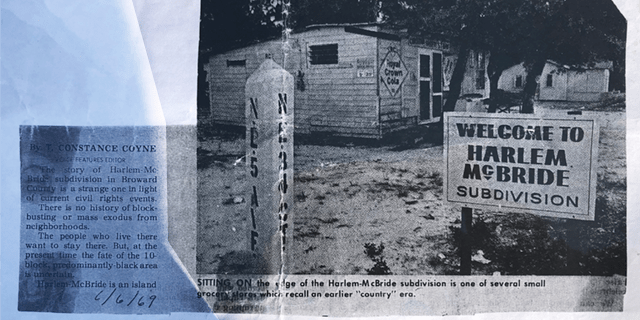
A New Era After Community Involvement
From about 1965 to 1994 the park stayed in its desolate condition. It wasn’t until members of the community had enough and started to get involved with the city. Which was no easy road, says Harlem McBride resident Sandra Edwards: “I stood outside of many commission meetings just looking in at them, letting them know I was there.” With the help of others in her community, they started to get things done. It was 1994 when the city decided the park needed improvements and a name. When residents were finally at the stage of thinking of a name for their park, Sandra knew exactly the name she would want: Besides Dr. Carter G Woodson being the father of black history, it was also the namesake of the beloved elementary school that Harlem McBride residents attended prior to the ’60s.
Old Oakland Park Negro School
Ironically, the school had no name at first either. Oakland Park’s African American school was first housed in Bethel Baptist Church and was simply named the “Old Oakland Park Negro School” until it moved into portables on NE 3rd Avenue. At that time, the county added a name, Dr. Carter G Woodson Elementary School. Edwards knew when the time came that she wanted her community park to share the namesake of her beloved school.
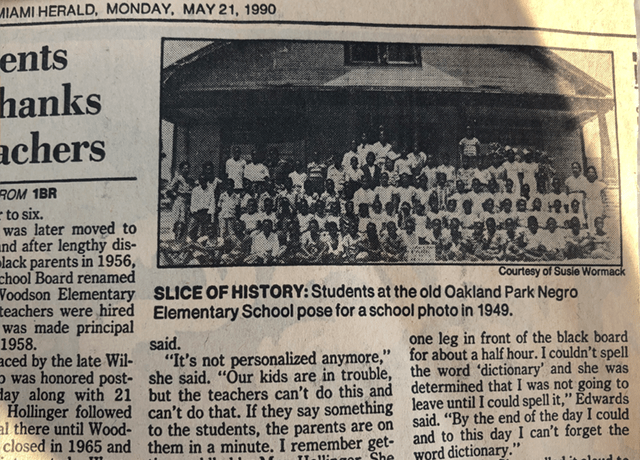
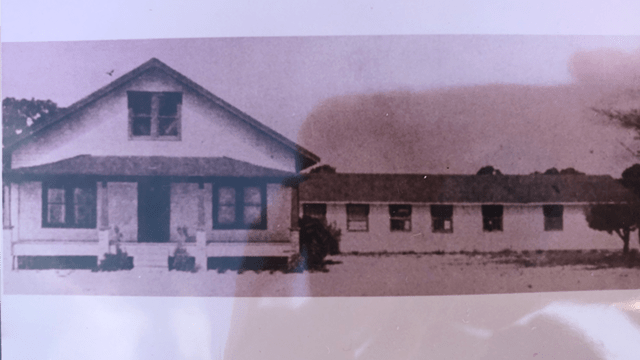
“It was a place where the teachers cared,” Sandra stated. “We would sometimes have to take time out of our daily studies to pick crops. I wouldn’t pick crops, but I would watch the other children do it. They would pick peppers and beans when we should have been in class, but our teachers cared about us. We used to get treats. Vanilla ice cream with a small wooden spoon on Fridays.” She recalls as she holds a small worn bible, a gift from her school when it closed for integration into white schools in 1965.
The school closed in 1965 following a brief relocation near the now steel plant on Prospect Rd. “After integration, our children used to walk from 33rd street to Northeast High School (roughly three miles), there was no bus. There was not even a fire hydrant for our neighborhood. They would have to connect to the fire hydrant on 33rd street. We had a small grocery store on 34th and 5th avenue.”
No Basic Structure
The park also had no bathroom and the children playing at the park would have to walk home to use the bathroom. When the park finally got a restroom, the police department wanted the building right up front facing the road so they could see it from patrol cars. In the ’80s and early ’90s, the area had drug issue and police had concerns about criminal activity taking place in the restrooms. “I didn’t think that was right,” said Sandra. “What if the restrooms were to overflow? It would go right into the church next door,” Sandra adds. “The bathroom is better set back where it is now.”
The neighboring church allows park visitors to park on their property, as there is no official parking area. The former junkyard that used to be next door attracted mosquitos and Edwards fought with the city about that too. “The mosquitoes were the size of birds and it wasn’t pleasant to be out here in the evenings,” she recalls.
Changes Along the Years
The old junkyard is now home to modern apartment buildings. When asked if she likes the changes, Sandra paused, “When you get where you’re going, you don’t forget where you came from.” She pauses. “I didn’t do this for myself, I did if for Coby (Sandra’s son) and his children, and his children’s children. We used to have no fire hydrant and now we have three so that’s change. Change is coming. Some of the old-timers don’t want to see it, but it’s coming either way.

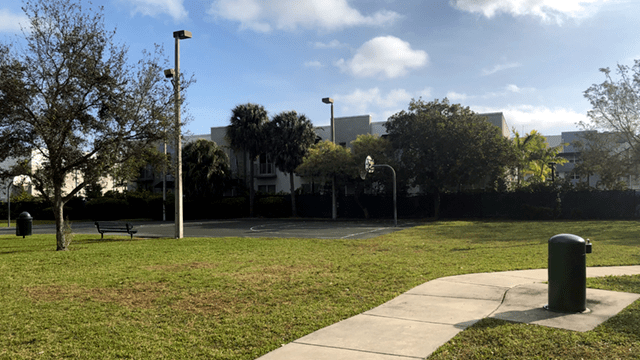
Dr. Carter G Woodson Park now boasts a shaded playground, walking trail, modern basketball court, grills, and a shaded pavilion. “I don’t fight like I used to, but I would still like to see the park improve. I think it would be a great idea to have namesake bricks here”, as she points to a circular path with a Dr. Carter G Woodson sign in the middle. “I would buy the first one. I envision it having the names of our teachers, janitors, students and those who fought for this park. I am grateful for the change, very, very grateful.”
Dr. Carter G Woodson Park is located at 3490 N.E. 3 Avenue in Oakland Park, FL. The author would like to thank Ms. Sandra Edwards for sharing this oral history and photographs of Oakland Park’s important history.





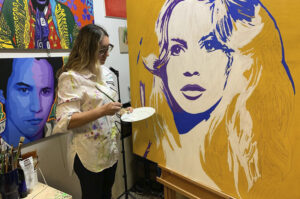
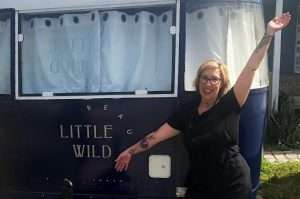
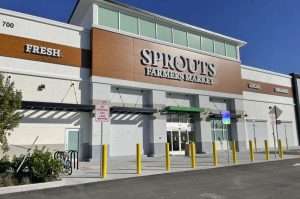
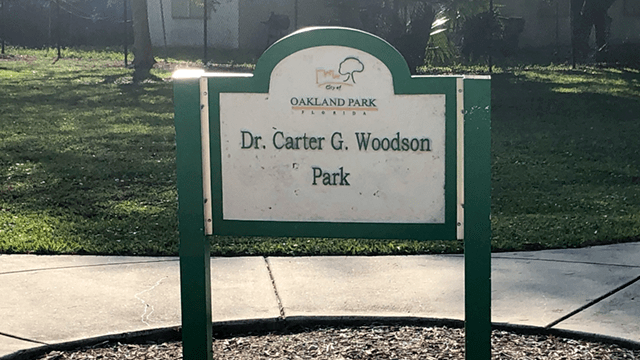

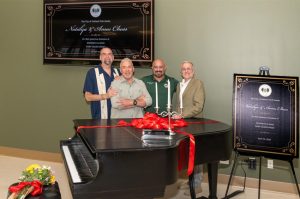
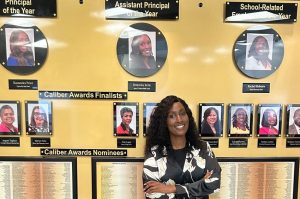
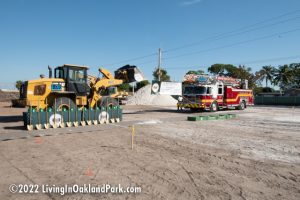
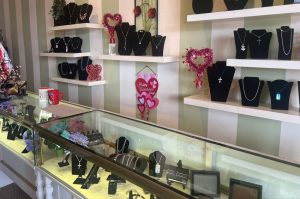
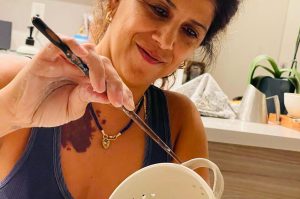
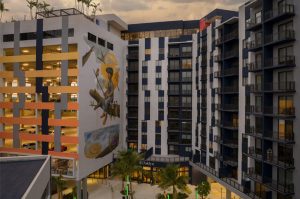

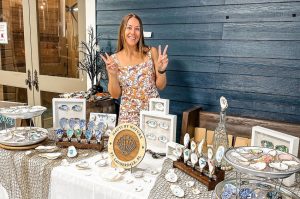
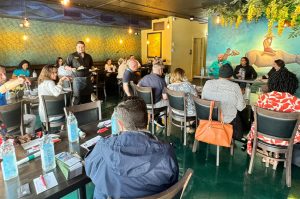

2 Responses
I’m looking for information about RJ McBride, my great-great grandfather. I’m looking for more information about him and was hoping you could help. Thank you very much.